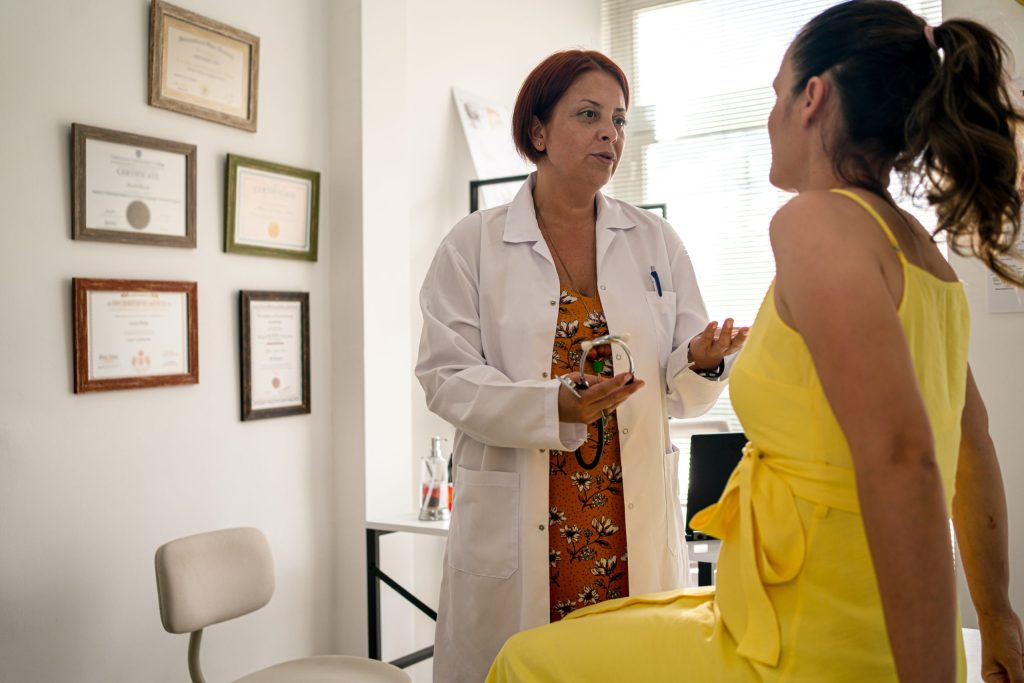Medical Tourism Financing: Your Passport to Affordable, World-Class Care

Let’s be honest. The thought of traveling abroad for a major surgery or dental procedure can feel like a dream. The promise of top-tier care at a fraction of the cost is incredibly alluring. But then reality hits. How on earth do you pay for it? Even if it’s “affordable” compared to U.S. prices, a $15,000 heart procedure or a $7,000 dental implant package isn’t exactly pocket change.
That’s where the world of medical tourism financing and international healthcare loans comes in. Think of it as the bridge between your health needs and your dream destination. It’s the financial tool that turns a daunting expense into a manageable, step-by-step plan.
Why Consider a Loan for Medical Tourism? It’s Not Just About the Price Tag
Sure, the primary driver is cost savings. But financing your medical trip offers a bundle of other, less obvious benefits. It gives you breathing room. Instead of draining your life savings or maxing out credit cards, you preserve your financial safety net.
More importantly, it expands your options. Suddenly, you’re not limited to the one surgeon you can afford upfront. You can choose the best-fit hospital or specialist for your condition, even if they’re in a different country. This financial flexibility can literally be a lifesaver, opening doors to treatments that are experimental or unavailable back home.
The Landscape of International Healthcare Loans
So, what does this financing actually look like? Well, it’s not a one-size-fits-all deal. The options are more diverse than you might think.
1. Specialized Medical Loan Companies
These are the niche players. They understand the medical tourism industry inside and out. Their loans are specifically designed to cover the whole package: hospital fees, surgeon costs, airfare, accommodation, and even a bit for a companion’s travel expenses.
The big advantage here is their expertise. They often have pre-vetted networks of hospitals and can sometimes facilitate payments directly, which adds a layer of security.
2. Personal Loans from Banks or Credit Unions
Your local bank might not advertise “medical tourism loans,” but a standard unsecured personal loan can do the trick. You get a lump sum of cash and use it as you see fit. The pros? You might already have a relationship with the lender. The cons? They might be less flexible with terms if they don’t understand the international component.
3. Healthcare-Specific Credit Cards
Some credit cards are designed exclusively for medical expenses. They often come with promotional periods—like 0% interest for the first 12-18 months. This can be a fantastic option if you’re confident you can pay off the balance before the promotional rate expires. Otherwise, the deferred interest can hit you hard.
What Lenders Are Looking For: The Nitty-Gritty
Okay, here’s the deal. Lenders aren’t just handing out money for a vacation, even a medical one. They need to see a solid plan. Their approval process typically hinges on a few key factors:
- Creditworthiness: This is a big one. Your credit score and history are the primary indicators of your ability to repay. A higher score usually translates to better interest rates.
- A Detailed Treatment Plan: You can’t just say, “I need a loan for surgery in Thailand.” You’ll need a formal quote from the international hospital, breaking down all the costs. This shows the lender you’ve done your homework and the funds have a specific, legitimate purpose.
- Debt-to-Income Ratio (DTI): Lenders want to see that you have enough monthly income to cover your existing debts plus this new loan payment.
- Stable Employment: A steady job history provides reassurance that you’ll have a consistent income stream to make payments.
A Realistic Look at the Pros and Cons
Like any financial decision, this one isn’t black and white. Let’s weigh it up.
| Pros | Cons |
| Makes life-changing treatment immediately accessible. | Adds debt, which is a long-term financial commitment. |
| Protects your savings and emergency funds. | Interest and fees increase the total cost of your care. |
| Allows you to choose the best provider, not just the cheapest. | The application process can be lengthy and require significant documentation. |
| Fixed monthly payments make budgeting predictable. | Potential for hidden fees or predatory lending if you’re not careful. |
Your Action Plan: How to Secure Financing
Feeling overwhelmed? Don’t be. Just break it down into manageable steps.
- Get a Formal Quote: First things first. Connect with your chosen hospital or medical tourism facilitator and get a detailed, itemized cost estimate. This is your most important document.
- Check Your Credit: Know your score before you apply. This sets your expectations and helps you target appropriate lenders.
- Shop Around. Seriously. Don’t just go with the first offer. Compare interest rates (APR), loan terms, origination fees, and prepayment penalties from at least three different lenders.
- Read the Fine Print: I know, it’s tedious. But you have to understand the total cost of the loan, not just the monthly payment. What happens if you miss one? Are there late fees?
- Get Pre-Approved: Many lenders offer a pre-approval process that doesn’t impact your credit score heavily. This gives you a clear budget to work with before you officially book anything.
Beyond the Loan: Other Avenues to Explore
A loan isn’t the only path. Honestly, it’s wise to consider the whole financial ecosystem. Some hospitals offer in-house payment plans. You could explore a Health Savings Account (HSA) or Flexible Spending Account (FSA) if your procedure is eligible. Crowdfunding has also become a viable option for many people with compelling stories.
The key is to mix and match. Maybe you pay for the flights and hotel with savings and finance the surgery itself. There’s no single right answer, only the right answer for you.
The Final Thought: An Investment in You
At its core, financing medical tourism isn’t about taking on debt. It’s about viewing your health as a long-term investment. It’s the conscious decision to prioritize quality of life, to seek out expertise, and to regain control over your own well-being—without letting the upfront cost be the barrier that holds you back.
The journey might start with a loan application, but it ends with a renewed sense of self. And that, you know, is a return on investment that’s pretty hard to quantify.
